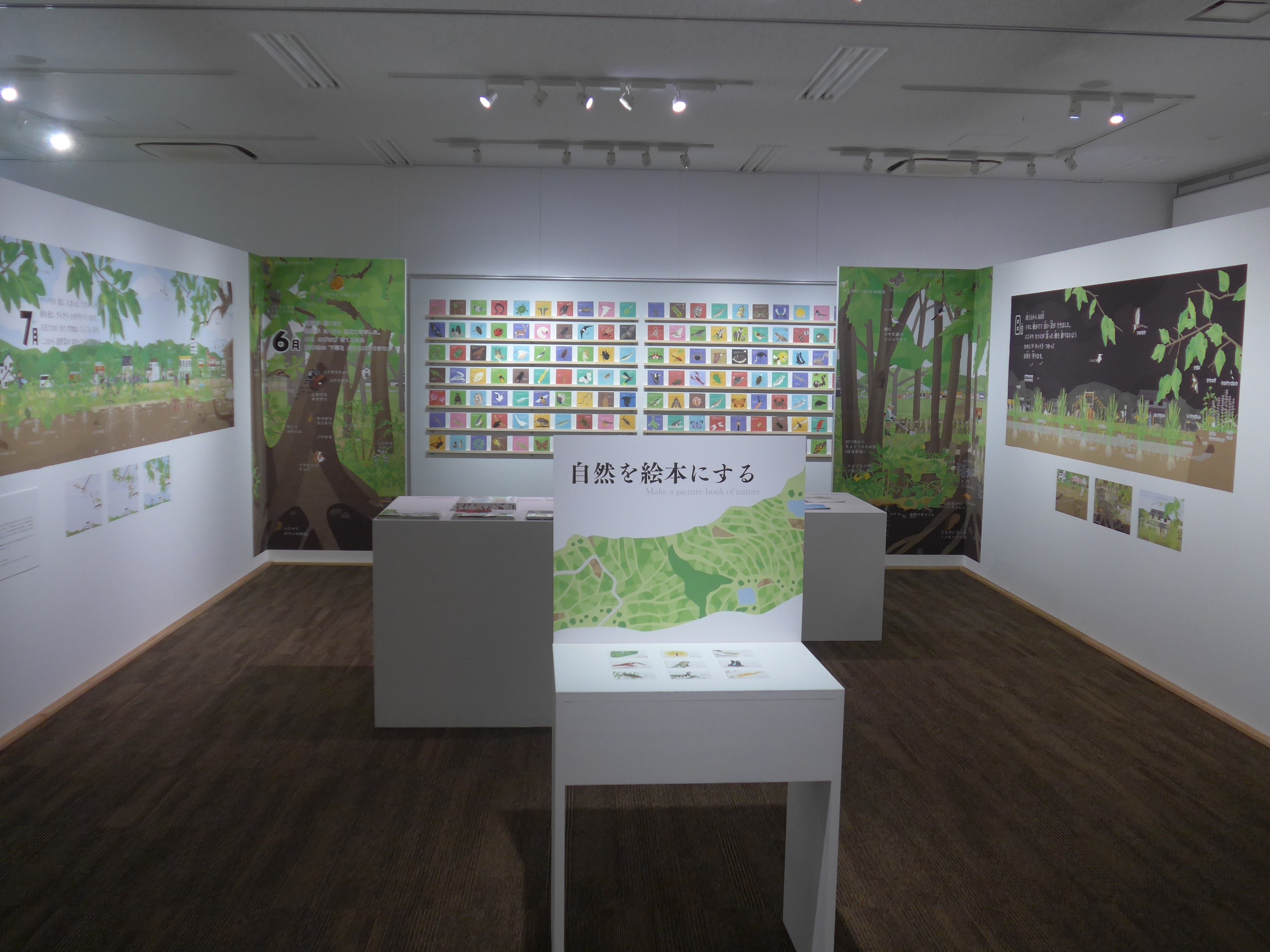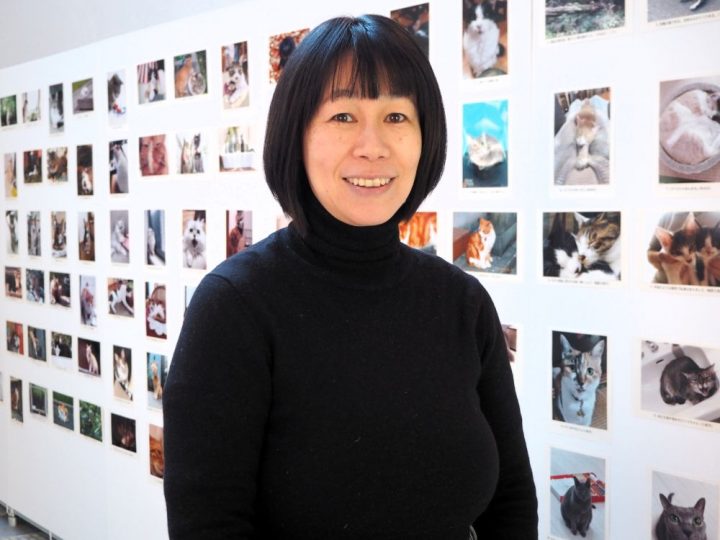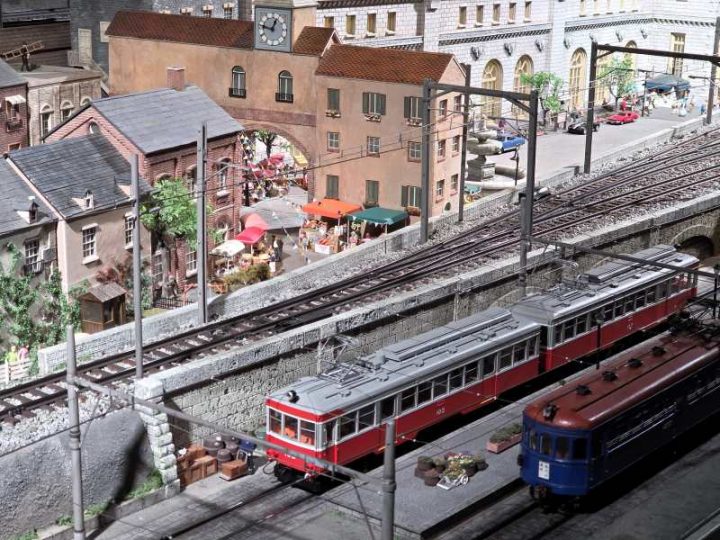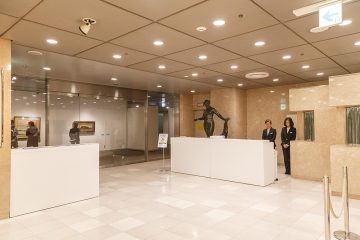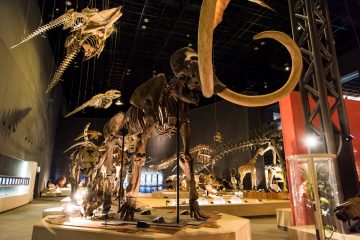Mount Fuji, Enoshima, Shichirigahama. Let's visit the settings of ukiyo-e and head to Fujisawa!
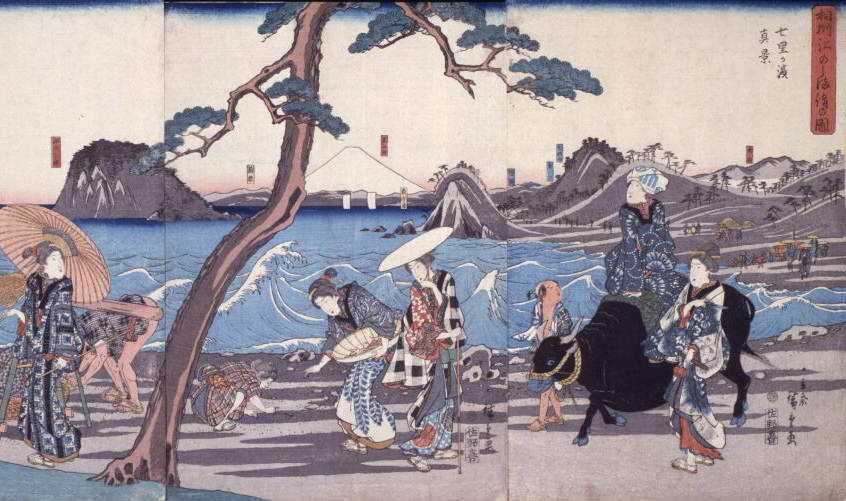
(Top image) "A Pilgrimage to the Island of Sagami River, a True View of Shichiri Beach" by Utagawa Hiroshige. *Owned by the Fujisawa Ukiyo-e Museum, Fujisawa City
A world of art to visit, see and feel
File.13 Fujisawa Ukiyo-e Museum, Fujisawa City
Miyuki Inoue (Magcal Editorial Department)
It seems that ukiyo-e is booming these days. When you think of landscapes depicted in ukiyo-e, you think of Mt. Fuji, Enoshima, Kawasaki Daishi, and the Hakone checkpoint... all of these are in Kanagawa Prefecture! With that in mind, I did some research and found the Fujisawa Ukiyo-e Museum in Fujisawa City.
It's a 5-minute walk from JR Tsujido Station. And admission is free. You have to go!
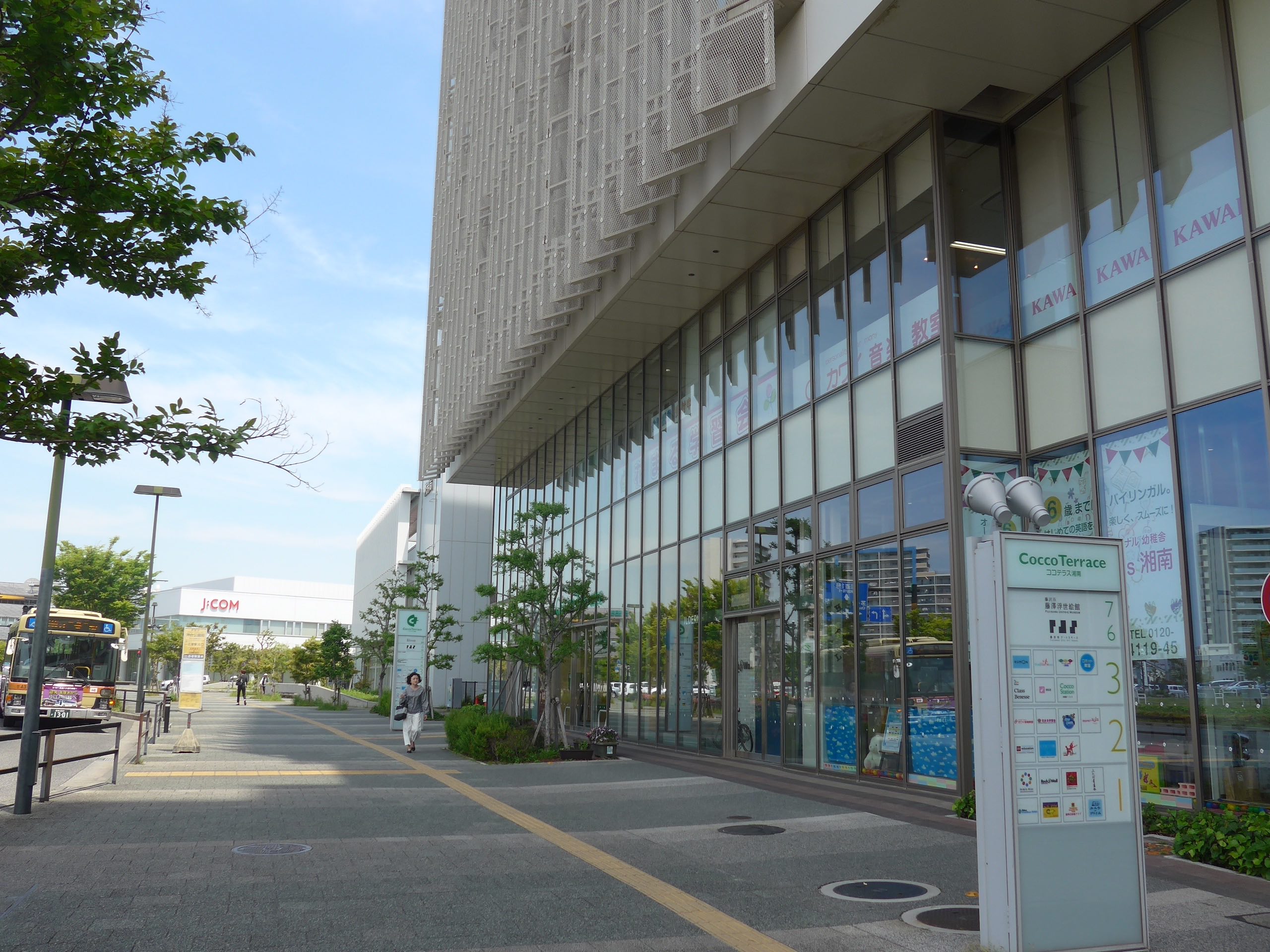
The area around the north exit of Tsujido Station has been redeveloped and improved, so the sidewalks are wide and easy to walk on. You can easily walk to Coco Terrace Shonan, which houses the Ukiyo-e Museum, by passing through a fashionable shopping mall.
First, take the elevator to the 7th floor.
The Fujisawa Ukiyo-e Museum collects and exhibits ukiyo-e and related materials that depict Fujisawa-shuku on the Tokaido and Enoshima. It also has a collection of Enoshima tourist brochures from past and present, so in addition to their value as works of art, one of the museum's greatest features is that you can appreciate the ukiyo-e as local materials for the region.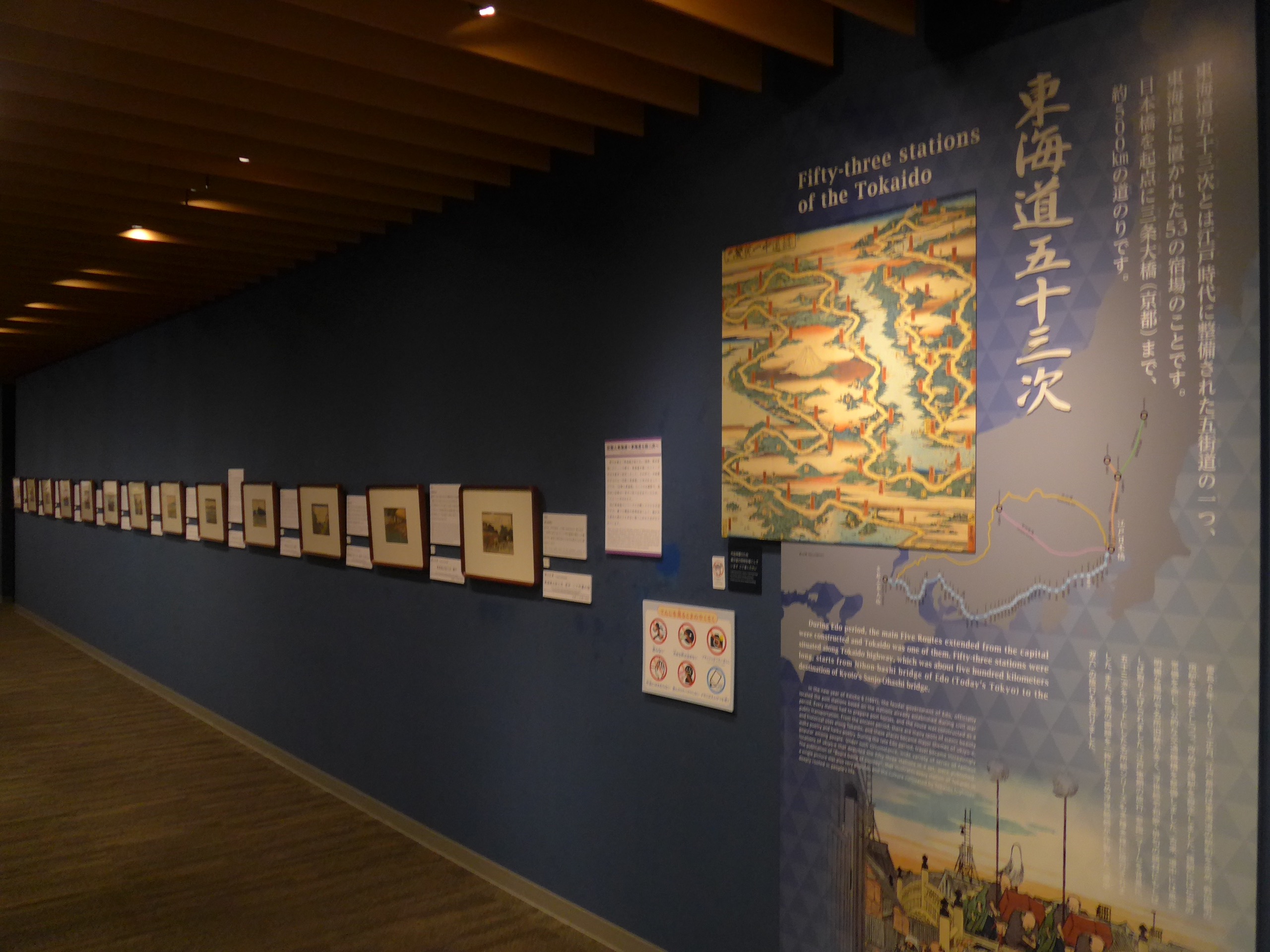
The special exhibition currently being held is "Scenes from Hiroshige and His Friends: The First, Second, and Third Generations - From Edo to Meiji" (until July 15, 2019).
Utagawa Hiroshige is known as the author of the famous "Fifty-three Stations of the Tokaido." Naturally, he also depicted many scenes in the current Fujisawa city, including Fujisawa-shuku, Enoshima, and Shichirigahama.
By the way, the first Hiroshige was already alive at the end of the Edo period, so the second and third generations were active during the transition from the Edo period to the Meiji period. It feels a little strange to think that ukiyo-e was being produced during such a turbulent time...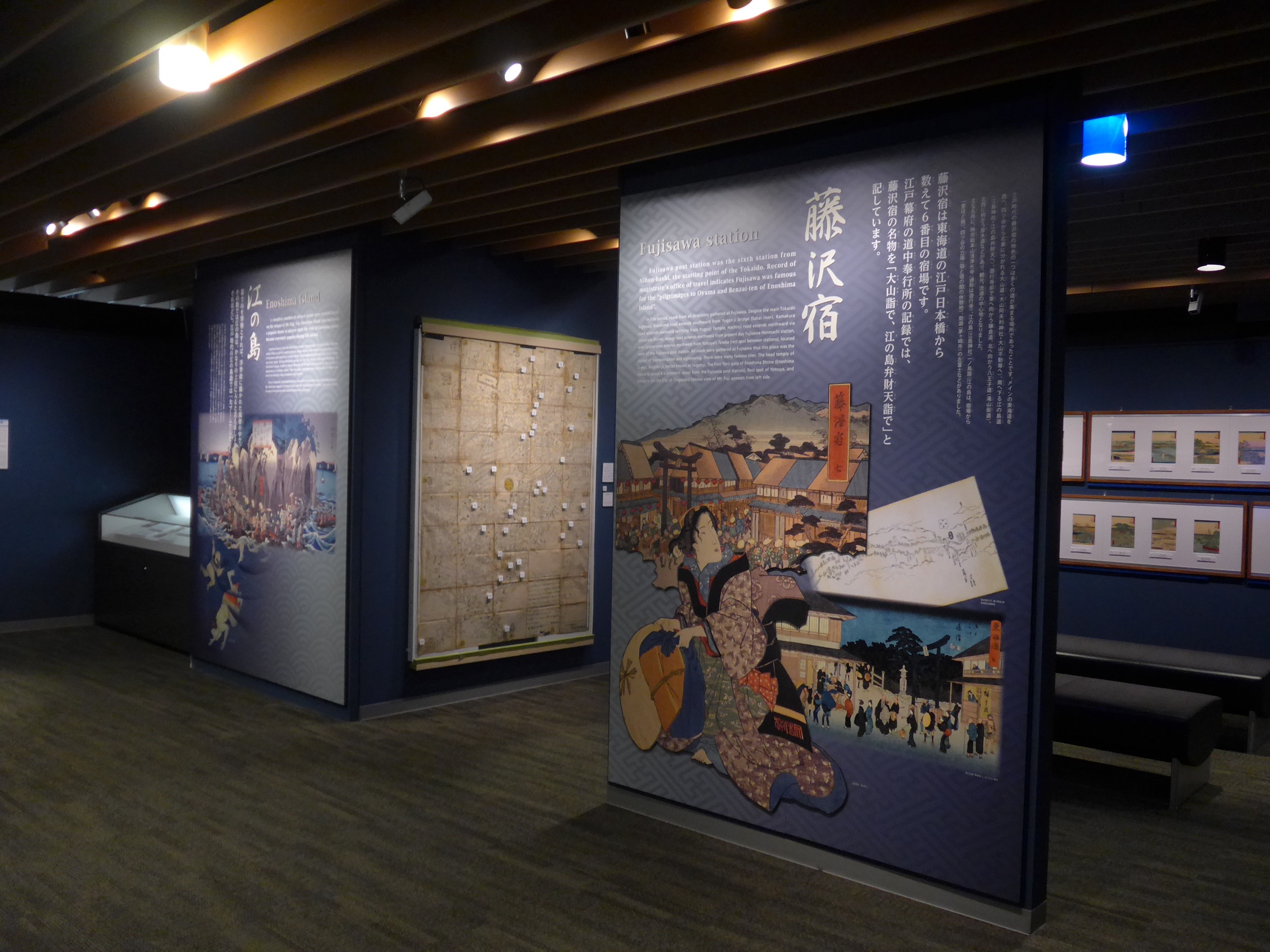
Ukiyo-e mainly focuses on people and customs, and it seems that only Hiroshige and his group established the style of what we think of as "landscape painting" today and actively painted it. Ukiyo-e is different from "sketching" that depicts a landscape realistically, but there is a unique charm to works that are said to have been painted after actually visiting the place and burning the scenery into their eyes.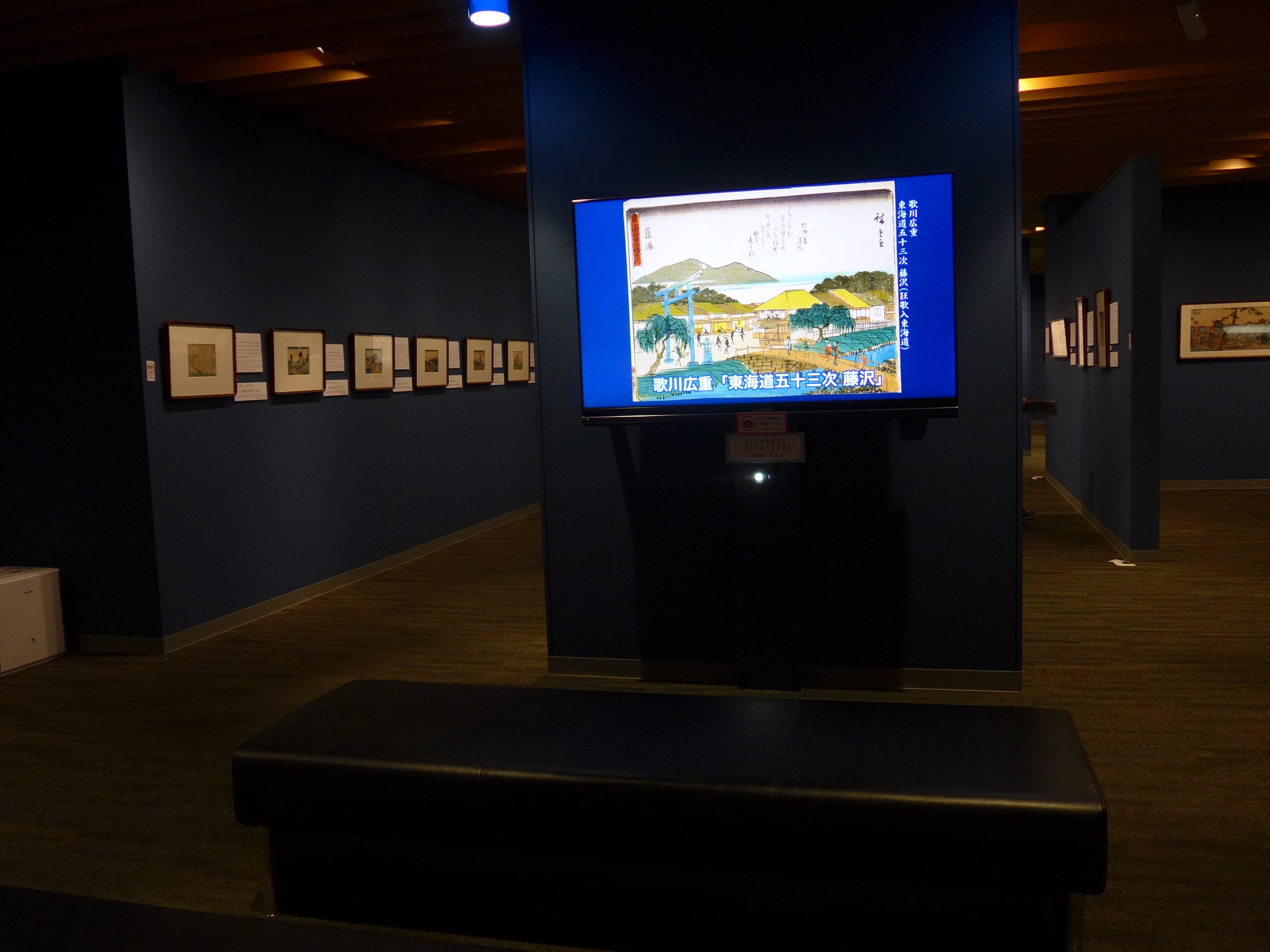
In the video corner, you can watch "Fujisawa Enoshima Ukiyo-e Sightseeing Tour," which visits spots in Fujisawa City depicted in ukiyo-e and compares them with the current scenery. The bold deformation is a unique charm of ukiyo-e, and the townscape itself has changed significantly between Hiroshige's time and today. Still, when you visit the scenery that was the setting for the story again, there are some parts that make you think, "I see," and it's interesting.
This is a must-see!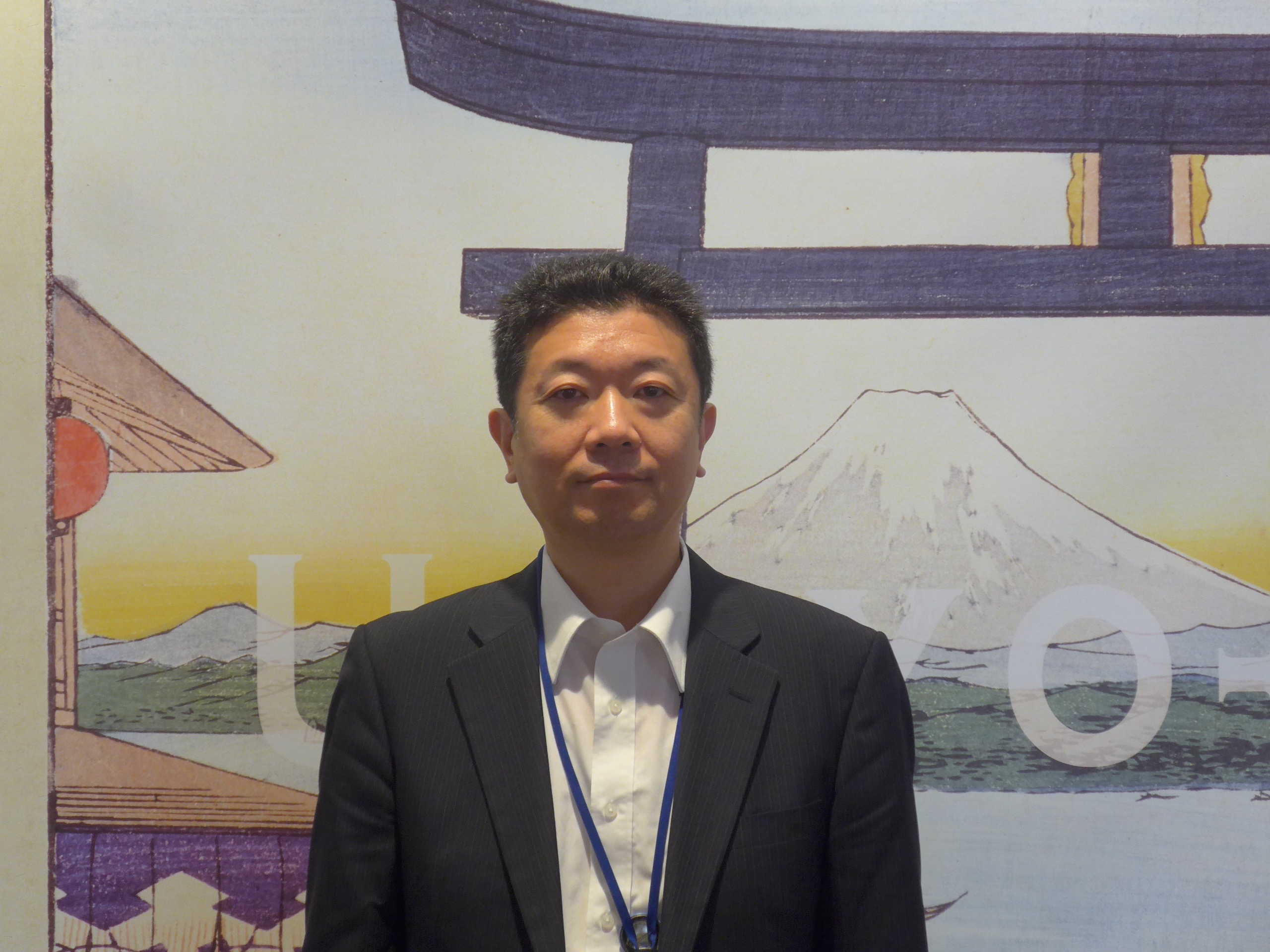
"People only pay attention to famous artists like Utamaro and Hokusai, but in reality, there were countless ukiyo-e artists active in the same era. Our museum collects ukiyo-e from the perspective of 'local history,' so we hope you will enjoy the wide range of ukiyo-e, regardless of whether they are famous or unknown."
" said curator Masuda Ryosuke.
The facility is compact, so you can take your time to appreciate each piece. Best of all, it's free, so it's great for casually stopping by during a walk.
<Bonus information>
One floor below the Ukiyo-e Museum is the Fujisawa City Art Space, which is also highly recommended!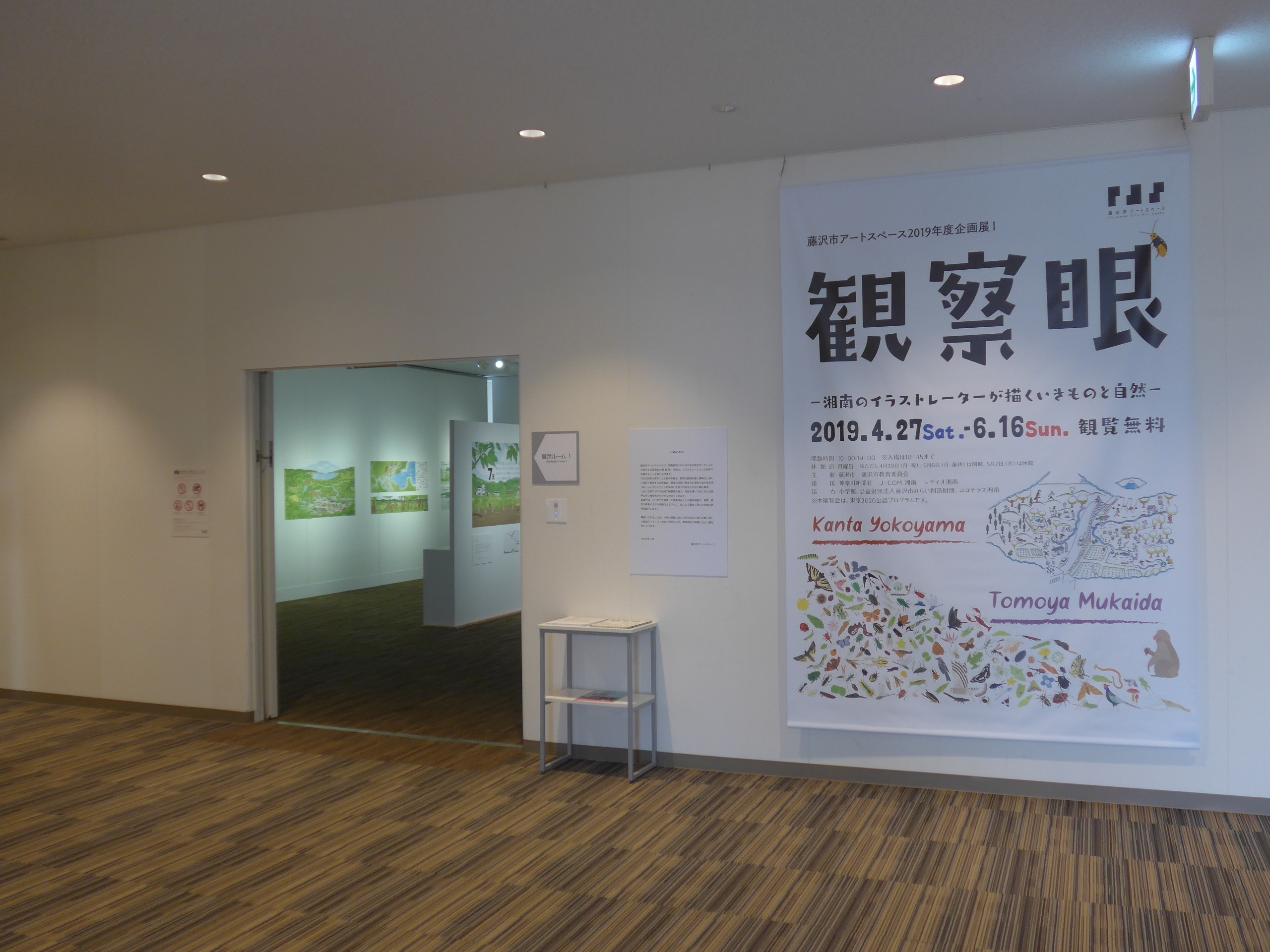
Currently, the exhibition "Observant Eyes - Living Things and Nature Drawn by Shonan Illustrators" is being held (until June 16th).
The works of these two Shonan-based illustrators are beautiful, cute, funny, a little scary... and very unique. This exhibition is also free to view, so be sure to check it out!